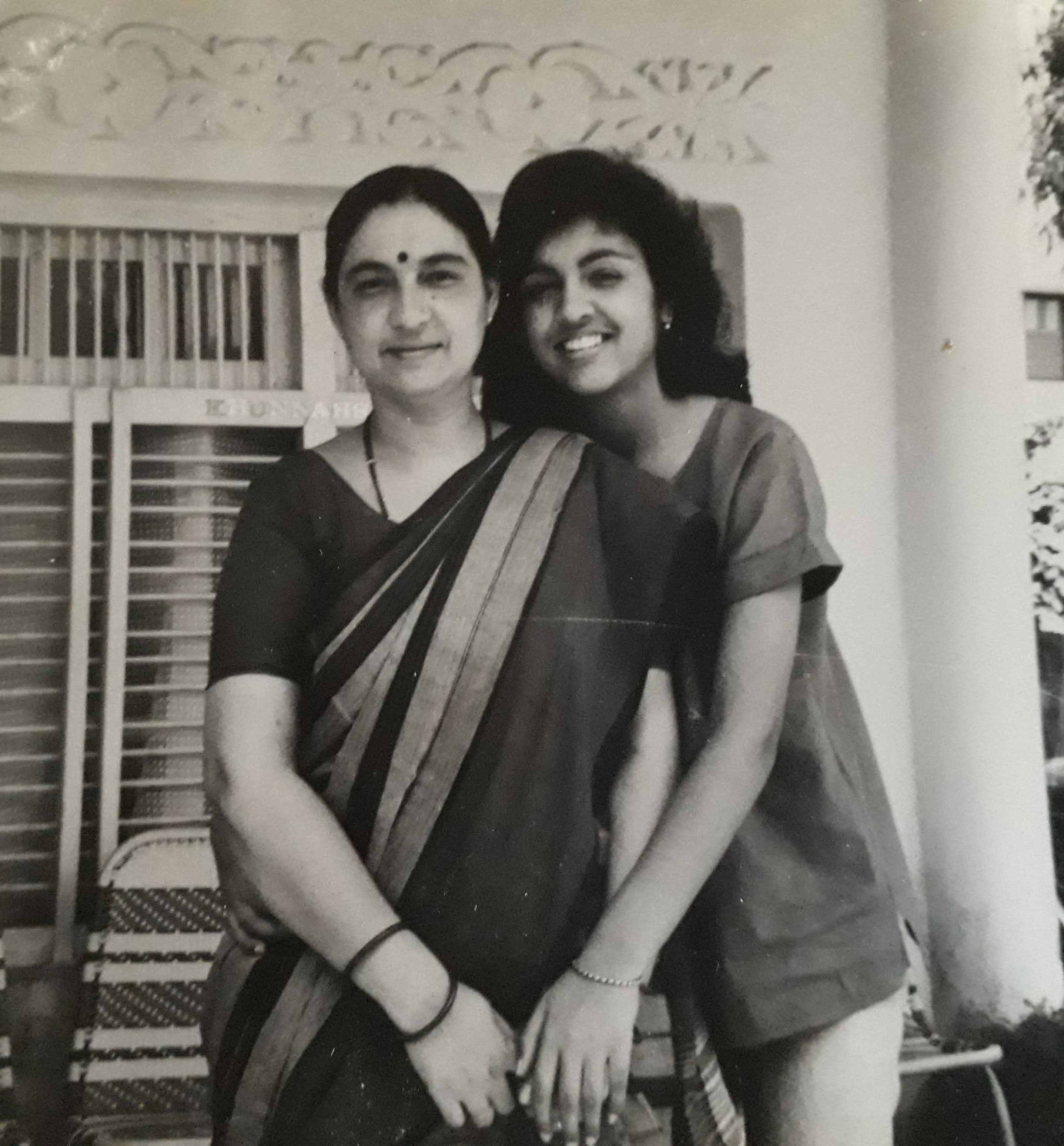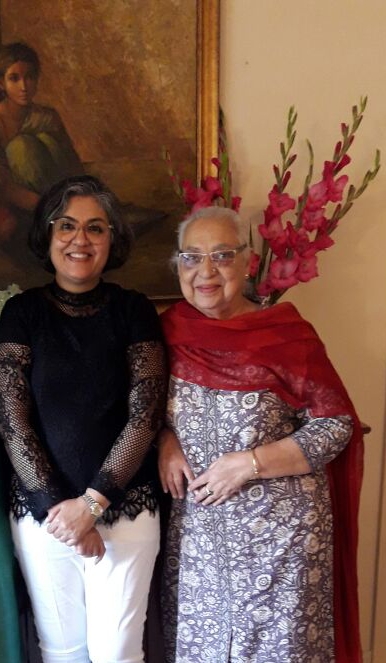Sabudana tikki, is made with boiled mashed potatoes, re-hydrated sago pearls, crushed peanuts, chopped green chillies, which are combined and formed into small cutlets and deep fried till golden. They can be eaten for breakfast or as a snack at tea time. To enhance the taste, it is served with green coriander chutney, imli chutney or good old tomato ketchup.



Ever since my childhood, I’ve looked forward to the festival of Navratri. As a child I was not aware of the significance of the festival. It was the delicious food prepared by my mother during the festival that was the main appeal. Till date I don’t know why its called fasting. Most dishes are deep fried. Other dishes which include fruit, sabudana and vegetables are tasteful and full of flavour. The dishes I prepare today are mostly what my mother cooks. A few dishes I have learnt from neighbours and the extended family.
In my family we eat the ‘falhar’ or fasting food for the first seven days. On ‘Ahstmi’ or the eighth day, we do the pooja and have Sooji Halwa, Kale Chane and Puris for ‘parsad’.

Tapioca Sago is generally known as Sabudana in Hindi. Sago is a produce, prepared from the milk of Tapioca Root. As making the tapioca sago is long and cumbersome, it is commercially produced and is available in most Indian grocery stores.
Making of tapioca sago ~
The tapioca root, received from the farms is hygienically cleaned in water & after peeling the skin, it is crushed, allowed to pass the milk after retaining all fibre & impurities. The milk is settled in a tank for nearly 3 to 8 hours, thus all residual impurities float to the top of the tank & are drained out of the settled milk. From this settled Milk Cake, globules are made on a very simple indigenous machine. After sizing the globules by filtering through sieves, it is roasted on hot plates or heated in steam, depending upon the desired final product. Sago in globular shape is then dried under direct sunlight on big platforms. ~ Sabuindia.
As Sabudana is mainly starch which contains carbohydrates, it is great for a quick boost of energy, and is often served in India for breaking fasts during religious festivals. It is a very nutritious product as it contains Carbohydrates and appreciable amount of Calcium and Vitamin-C. Sabudana being flavourless, can be used in a number of dishes, either savoury or sweet.


I remember my grandmother and mother making these tikkis or cutlets. Though they were made through the year for a snack, it was during the festival fasting that they were made on a frequent basis. The outer crunch of the deep fried tikki gives way to a soft centre and the crushed peanuts and the heat from the cut green chillies further enhance the taste.
Sabudana are dried globules which need to be re-hydrated with water. This is the tricky part. After following many hit and miss trials on the advice given by friends and family, I feel the best way to re-hydrate them is to spread them out on a flat plate and sprinkle water over them. The sago pearls will absorb the water. This process needs to be repeated till the sabudana pearls/globules are soft to touch and there is no hard part right till the centre. Too much water will make them soggy, so its best to give them time in between the sprinkling till you achieve the softness. As the quality and size of the sago pearls differs, I feel this is the best way.
I boil the potatoes till soft and mash them and add the sadudana pearls. Salt and red chilli powder/cut green chillies are used to give it taste and the peanuts give it added crunch. While shaping the tikkis, it helps to oil your palms with vegetable oil. This helps prevent the tikki batter from sticking to the palms and makes it easier to roll the tikki into shape.

Sabudana Tikki
Sago & Potato Cutlets
Ingredients ~
200 gms sabudana/sago pearls
1 medium potato
50 gms roasted peanuts
1 small green chilli, optional
1/3 tsp salt
1/4 tsp red chilli powder
vegetable oil for frying
Method ~
1. Re-hydrate the sabudana pearls by placing them on a flat plate and sprinkling water over them occasionally till the pearls feel soft to the touch.
2. Boil the potato. When cool, peel it and either grate it through a fine grater or mash it.
3. Crush the peanuts coarsely and remove the skins that may separate from the peanut.
4. Chop the green chilli if using.
5. Grease your palms with a little vegetable oil and mash all the ingredients together.
6. Season with salt and red chilli powder.
7. Roll the batter into small balls and flatten them to form tikkis/cutlets.
8. Heat vegetable oil in a wok and when hot gently drop the tikkis in and fry till golden in colour.
~ Serve with Imli Chutney during a fast. Otherwise you can serve with Green Coriander and Mint Chutney.

For more recipes of dishes cooked in my family during the Navratri festival, please read my post, Navratri Vrat Thali.
Most of the recipes are simple and quick to cook, yet are delicious.

